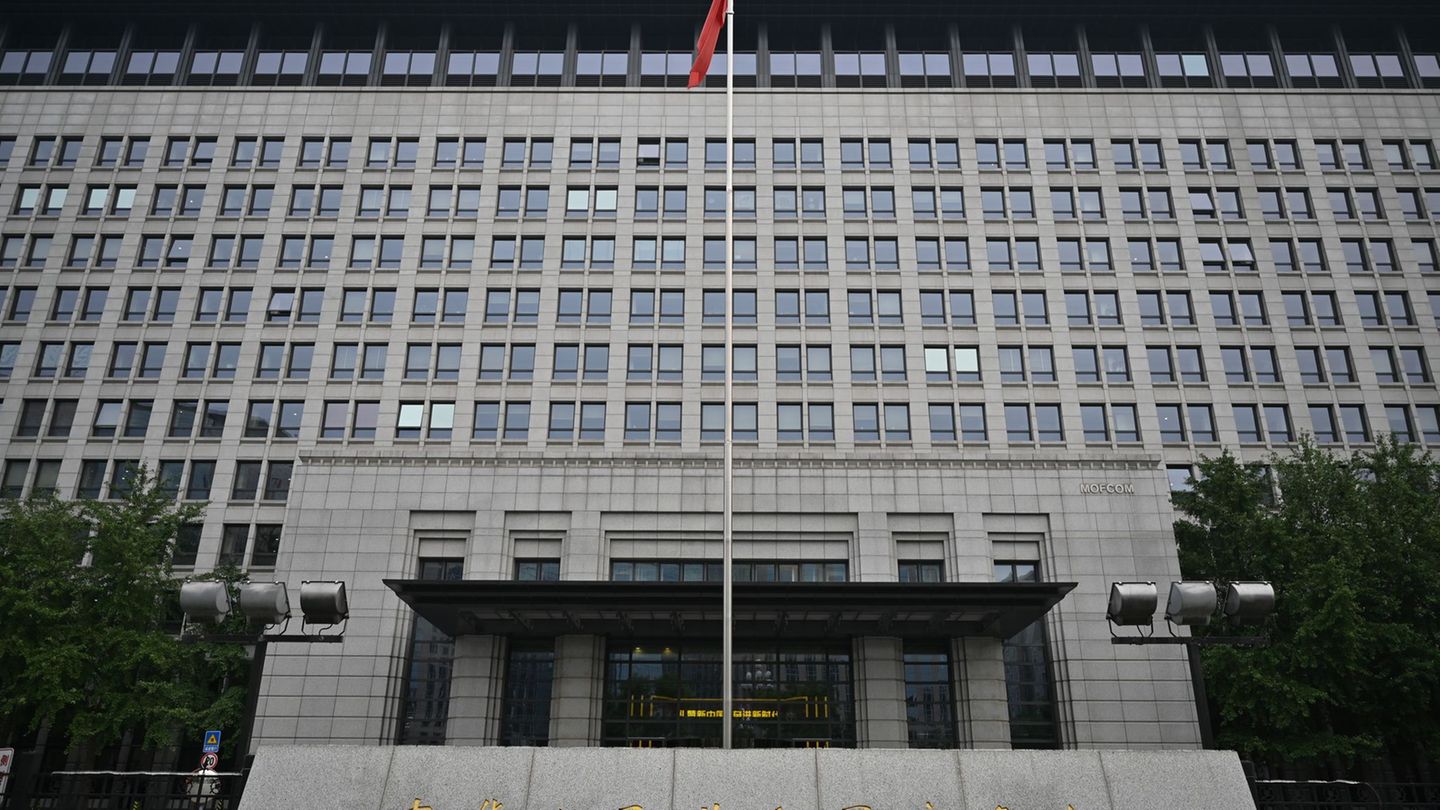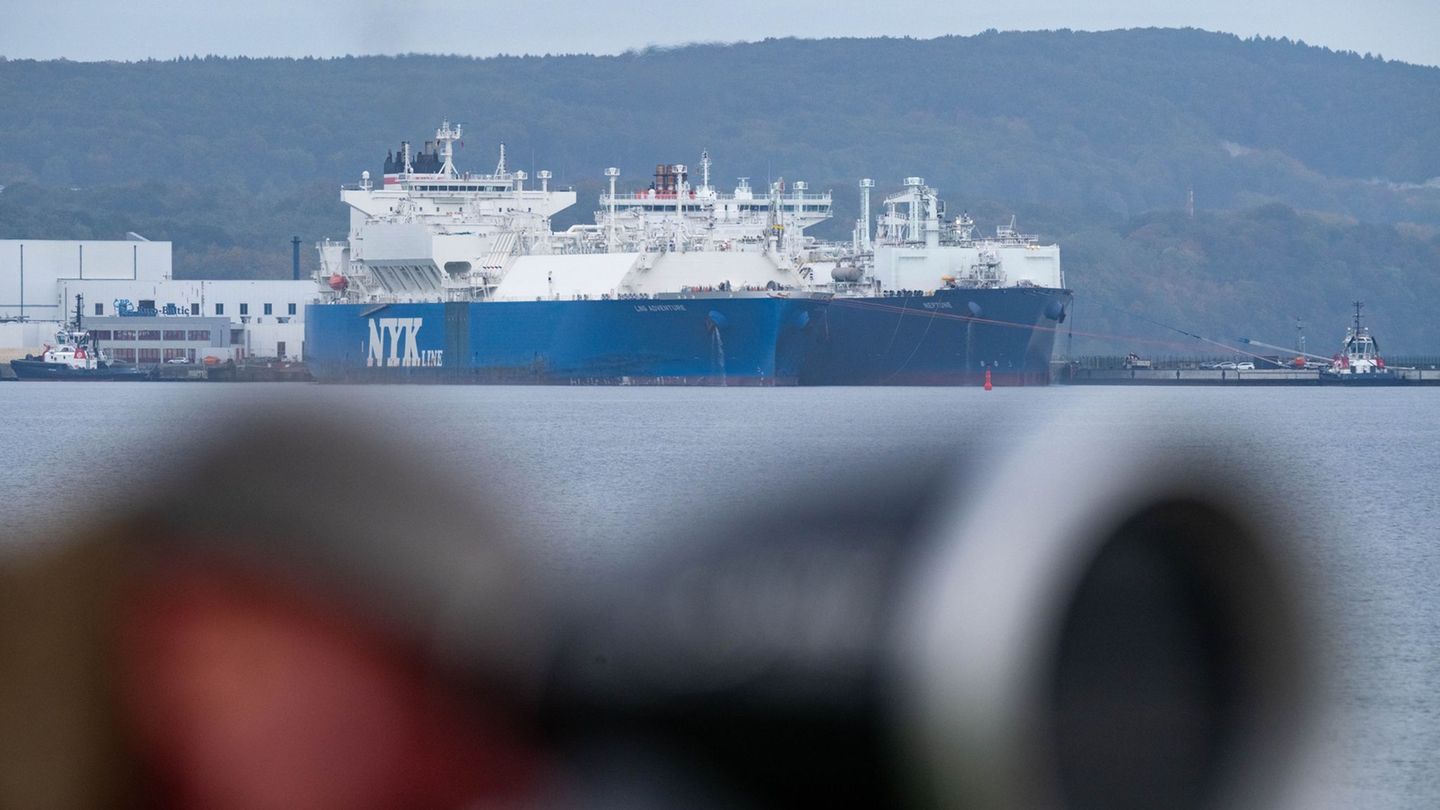The flood disaster in North Rhine-Westphalia and Rhineland-Palatinate devastated entire regions. Nevertheless, many of those affected who lost their house there build a new one in the same place.
According to insurers, after the flood disaster in Rhineland-Palatinate and North Rhine-Westphalia last year, numerous victims are rebuilding their destroyed houses in the same place, despite the dangers in particularly affected regions.
“Except for 34 houses, all houses on Erft and Ahr will be built at the same location again,” said Jörg Asmussen, general manager of the General Association of the German Insurance Industry (GDV), on Wednesday in Berlin.
However, there is no sign of a general reluctance on the part of those affected to build in less endangered regions, said Annegret Thieken, professor for natural risk research at the University of Potsdam. Other factors are decisive. “On the one hand, we have to consider that those affected want to rebuild as quickly as possible in order to get back to everyday life as quickly as possible.” A lengthy search for new locations is a deterrent.
GDV boss calls for new concepts
“In addition, the availability of space in valleys is not always given,” emphasized Thieken. In some places, potential alternative building sites are limited because they are located in landscape protection areas and cannot easily be repurposed. “This is a mixed situation that is not easy to answer,” said the scientist. “It needs new concepts.”
This was also demanded by GDV boss Asmussen. “We believe that this misses an opportunity to be significantly better and more resilient,” he said. Reconstruction in the regions shows that prevention continues to play “far too little a role”, “both at the municipal level and in the households themselves”. Statistically, extreme weather situations will occur more and more frequently in the future, according to GDV information.
8.5 billion euros insurance damage
The natural disaster that killed dozens last year caused insurance losses of around 8.5 billion euros. According to the GDV, insurers have now paid out around five billion euros. Reconstruction is ongoing for the remaining quarter of the cases of damage. Increased material costs as a result of inflation and long waiting times for craftsmen often delay repairs, emphasized Asmussen.
As a result, the total value of the insured buildings increases and, as a result, the costs for the insurance policies increase. The GDV therefore assumes that the premiums for insured persons will also increase from the coming year. Asmussen reiterated the association’s negative stance with regard to a possible mandatory natural hazard insurance that is intended to cover damage from natural hazards.
However, the insured losses from the flood catastrophe last year only account for a small part of the total loss. According to experts, this amounted to at least 33 billion euros at the beginning of this year.
Source: Stern
Jane Stock is a technology author, who has written for 24 Hours World. She writes about the latest in technology news and trends, and is always on the lookout for new and innovative ways to improve his audience’s experience.




